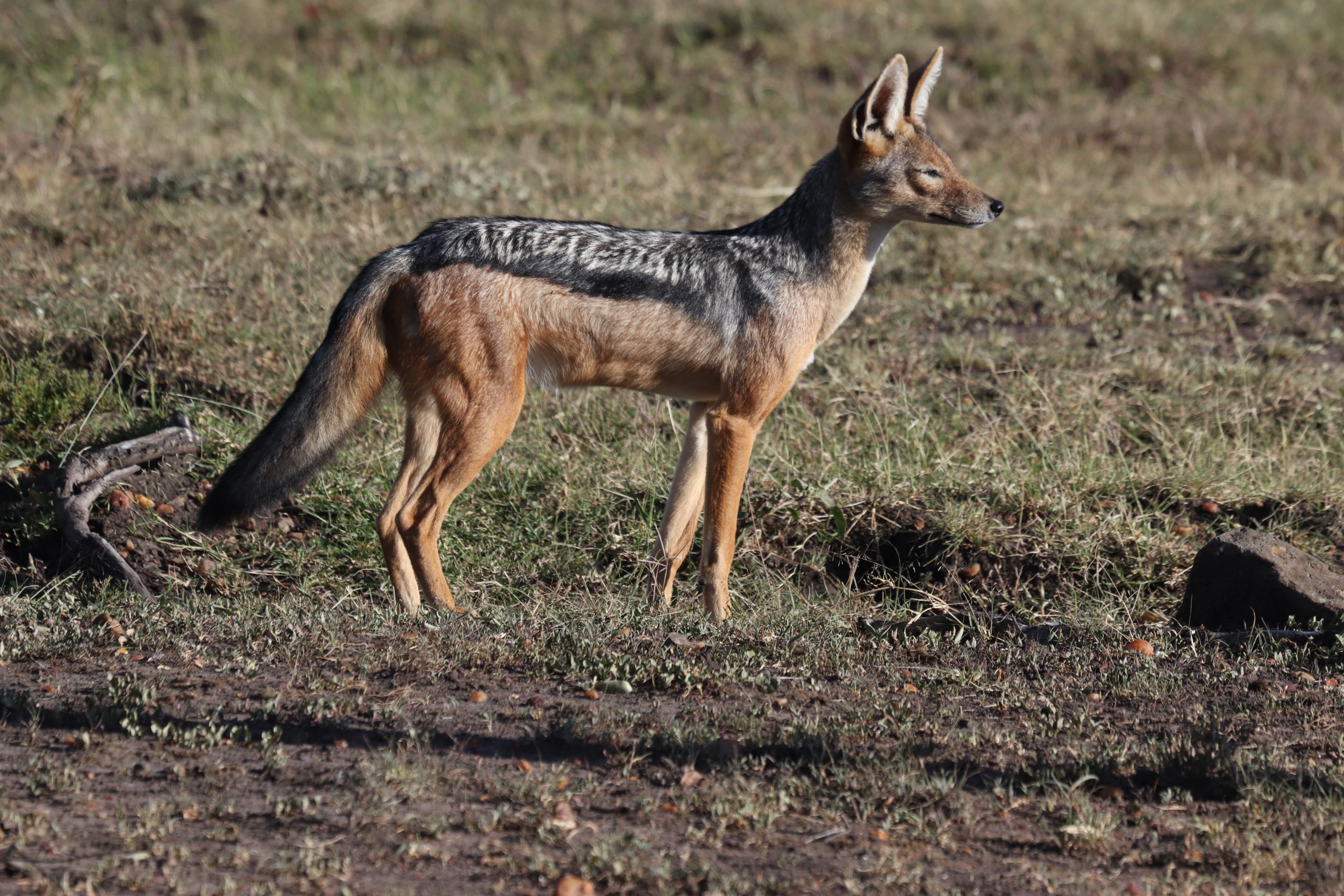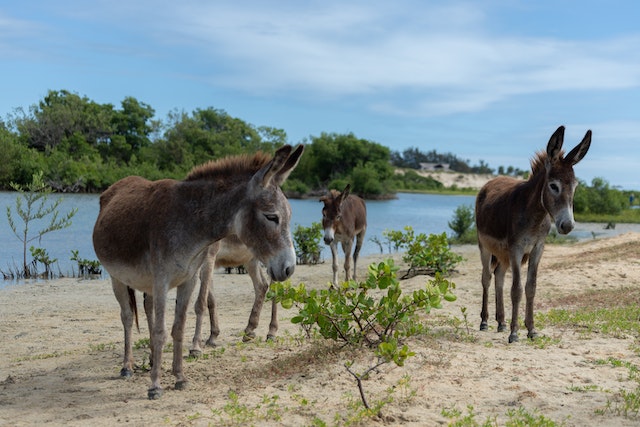When most people think of wild canines, wolves and coyotes are likely to come to mind first. But there is another group of wild canids that is just as fascinating: jackals. These small to medium-sized predators are known for their resourcefulness and adaptability, as well as their striking physical features and vocalizations. Here’s everything you need to know about jackals:
Physical Characteristics
There are three species of jackals: the golden jackal, the black-backed jackal, and the side-striped jackal. All three are found in various parts of Africa and Asia, and they share many physical characteristics. Jackals are generally smaller than wolves and coyotes, with a lean and agile body type. They have long, pointed snouts and large, pointed ears, which they use to detect prey and communicate with each other. Their fur is typically brown or gray, with lighter-colored markings on their faces, chests, and legs.
Habitat and Diet
Jackals are found in a wide range of habitats, from forests and savannas to deserts and mountains. They are adaptable creatures that can thrive in both rural and urban environments. Jackals are primarily carnivorous, and their diet includes a variety of small to medium-sized prey, such as rodents, hares, birds, and reptiles. They are also known to scavenge from carcasses and steal food from other predators.
Behavior and Social Structure
Jackals are highly social animals that live in packs. These packs can range in size from a few individuals to over a dozen, and they are usually led by a dominant male and female. Jackals communicate with each other using a variety of vocalizations, including howls, barks, and yelps. They are also known to mark their territory with urine and feces, as well as by scratching trees and other objects.
Conservation Status
The conservation status of jackals varies depending on the species and the region. The golden jackal, for example, is considered a species of least concern by the International Union for Conservation of Nature (IUCN), while the black-backed jackal is classified as a species of least concern in some areas but near threatened in others. However, all three species face threats from habitat loss, hunting, and persecution by humans.
Conclusion
In conclusion, jackals are fascinating creatures that are often overlooked in favor of their larger and more well-known cousins. But their resourcefulness and adaptability make them an important part of many ecosystems, and their unique physical and behavioral characteristics make them a joy to observe and study. Whether you encounter them in the wild or in your own backyard, jackals are definitely worth getting to know.










